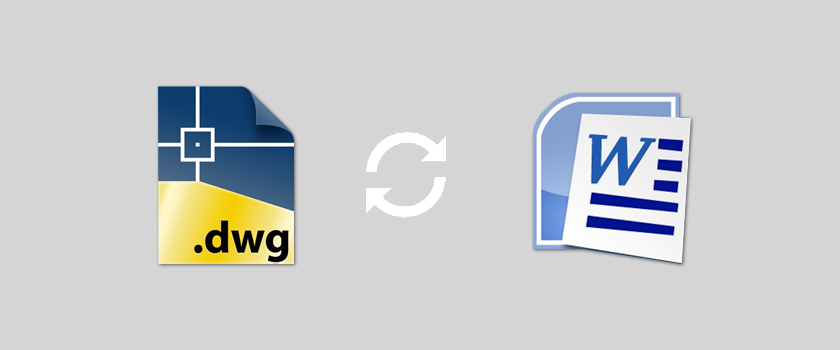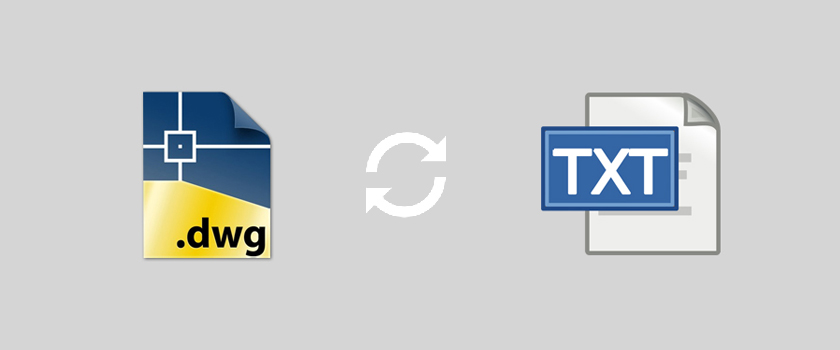Creating a great portfolio must be the first step of every translator’s career. However, not many of them are aware of this miracle that we call portfolio. A portfolio can increase your clients and give you that much needed push to jumpstart your career. When you apply for a job, the client is not going to take your word for your talent, he would need a proof that you can actually translate well and be an asset to him. This is where your portfolio comes in. Either that, or you can write him a free sample that you spend hours over to make sure that it is good enough to get you the job.
Do not get me wrong, there are plenty of translators who have made their portfolios. But only 25% of them are able to make something that impressed their clients. They had to either redo their portfolio or they are asked to provide a sample anyway. When you are making a portfolio, you need to make it right, or else it will not have the impact that you are hoping to get from it.
So how can you create a great translation portfolio that will guaranteed get you a place in a translation service providing company? Well, we have made a check list of things that you must have in your portfolio. It does not matter if it is an e-portfolio or a traditional one, it should have the below mentioned things.
Your portfolio must target a specific market. This is what makes your brand. You will have to have an audience in your mind, along with a market of course, and then put your previously translated material in it. If you have multiple expert areas, it is always suggested that you create different portfolios for each industry. For example, if you offer translation services in the automotive industry and chemical industry, then you must create one portfolio for automotive clients and one for your chemical industry clients.
You do not want to make a too long portfolio. Your portfolio is meant to be short and concentrated on your best works. So choose wisely, you only need to put in your best works. Also, put your best work first.
You must always mention what was the source language and the target language of your sample translations. Plus, you must also mention what type of service you provided. Was it document translation or legal translation? Remember to mention that in every sample.
I really shouldn’t have to mention this because we all know the importance of presentation. The way you present your portfolio will reflect on you and your services. If it is all thrown together, it will not look good. Your translation portfolio should be pleasing to the eye, but not unprofessional. I would recommend that you mention both the source and target language in the portfolio, and put everything in two columns because it will increase the readability of the portfolio. You must also limit the length of the sample. The sample should be of 250 words maximum.
Make sure that the sample you choose must have something to attract the attention of the client. For example, if you did a project with a lot of technical terms or jargon, you must put that in your portfolio.
Make sure that the translation sample you put in the portfolio does not have any copyright issues. Just make sure that the sample does not have anything sensitive or company’s confidential data in it and you will be good to go.

dwg: It means a drawing file save format created by AutoCAD, and now has been the standard format of 2D
Read More
Mars Translation can help you extract the texts in a DWG file and convert them into a Word file so
Read More
dwg: It means a drawing file save format created by AutoCAD, and now has been the standard format of 2D
Read More
dwg: It means a drawing file save format created by AutoCAD, and now has been the standard format of 2D
Read More
AutoCAD blocks A block is an object that combines one or more single entity object. Operated as an individual complete object,
Read More
What is a file formate A file format is a standard way that information is encoded for storage in a computer
Read More
Software 1. AutoCAD 2015 - English 2. PDF virtual printer, such as Adobe Acrobat, PDF factory, or CutePDF. Step-by-Step 1. Open the CAD file,
Read More
Plot style table is used to control the color, line width and other effects. In the layer manager, every layer
Read More
The following layers can't be deleted: 1. Layer 0 and Layer Defpoints that are default layers. 2. The current active layer. To
Read More


Document Translation
Professional document translation by native expertsApp Localization
Get more downloads by adapting your app for different target marketsVideo Translation
Multilingual translation and subtitling servicesWebsite Localization
Adapt your website into multiple contexts for global reachSoftware Localization
Adapt your software for global usersGame Localization
Reach new players with localized gameplayMTPE
Refine AI translations for natural fluencyBusiness Translation
Professional translation for business documents and websitesDTP & File Conversion
Professional DTP and File conversion, supporting multiple file formatsProofreading
Perfect your content with expert review© Copyright 2026 MarsTranslation